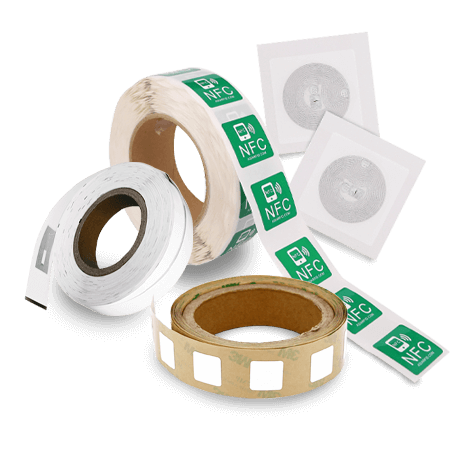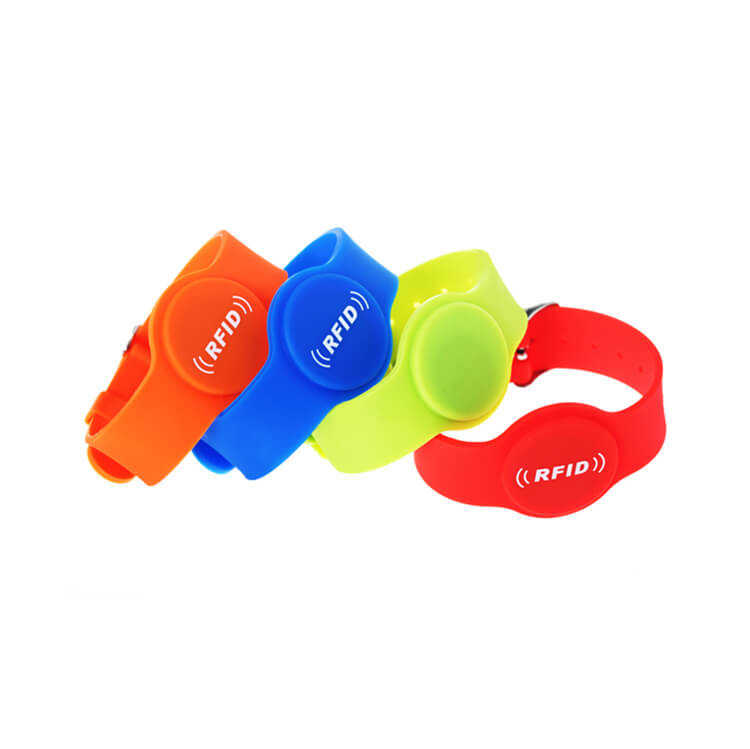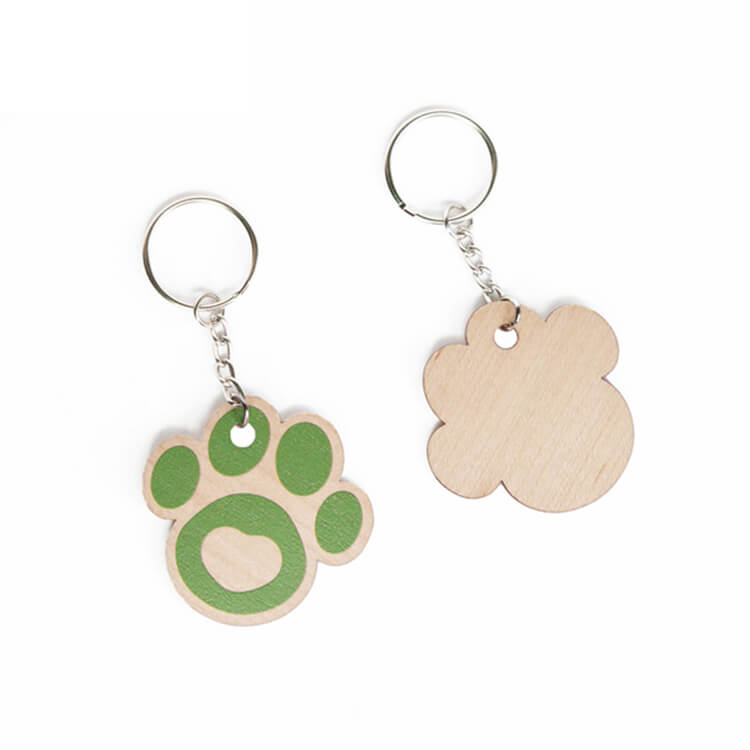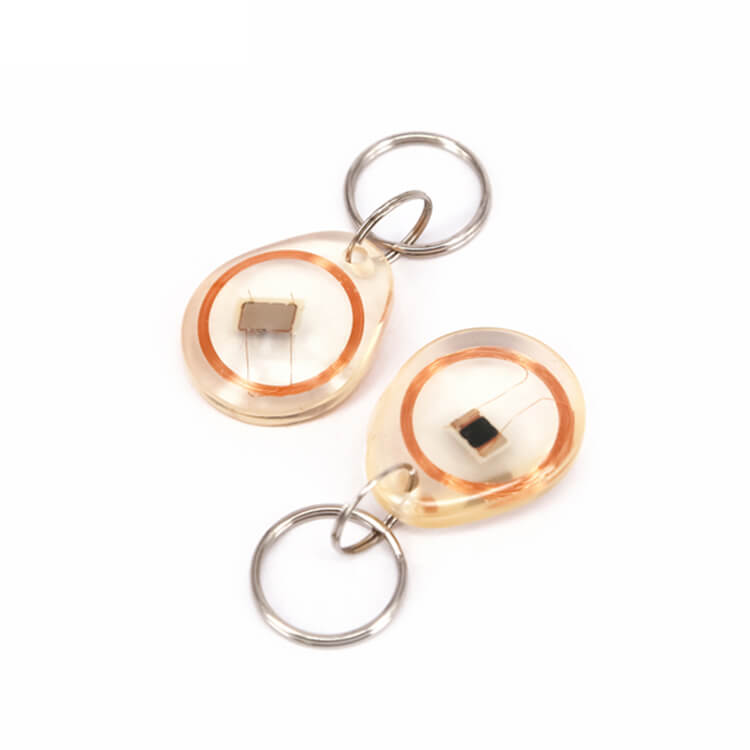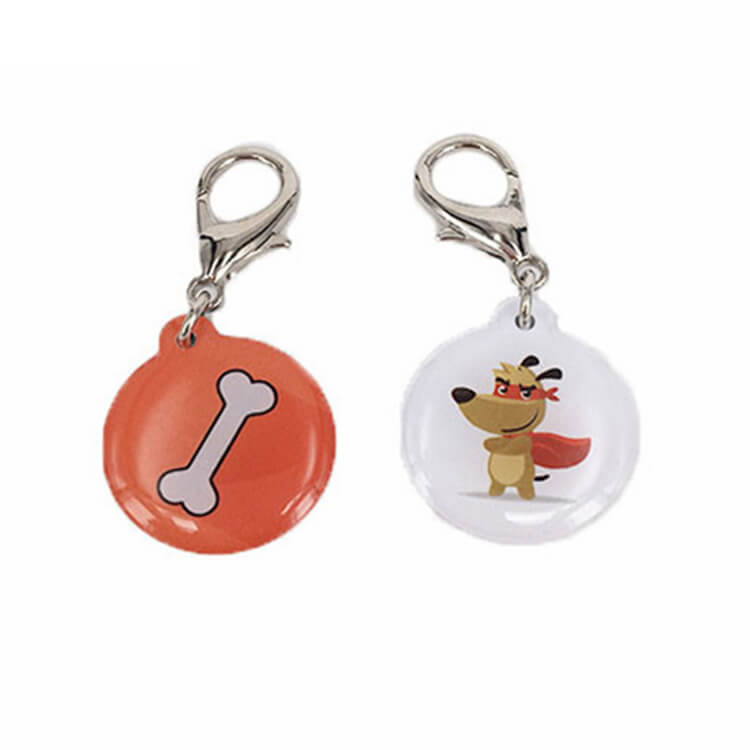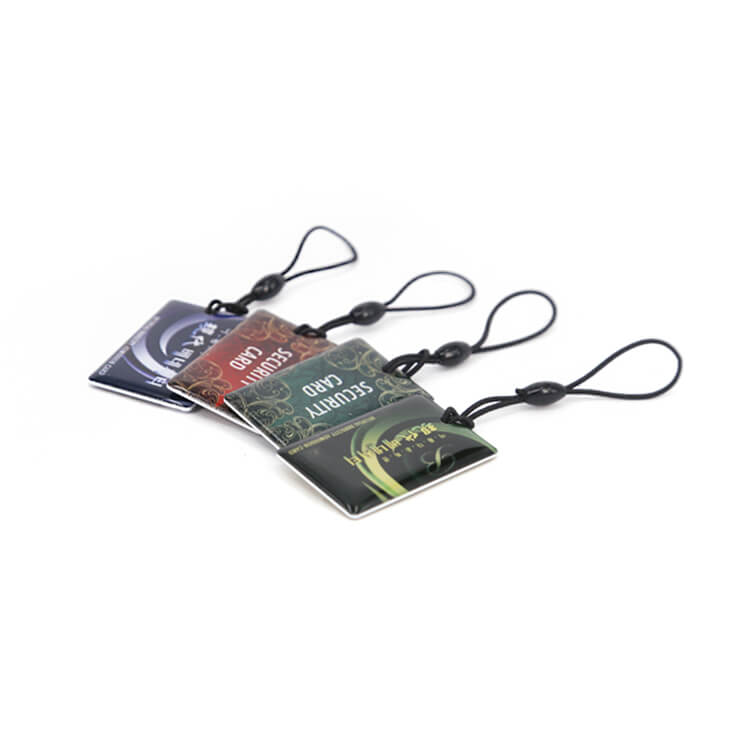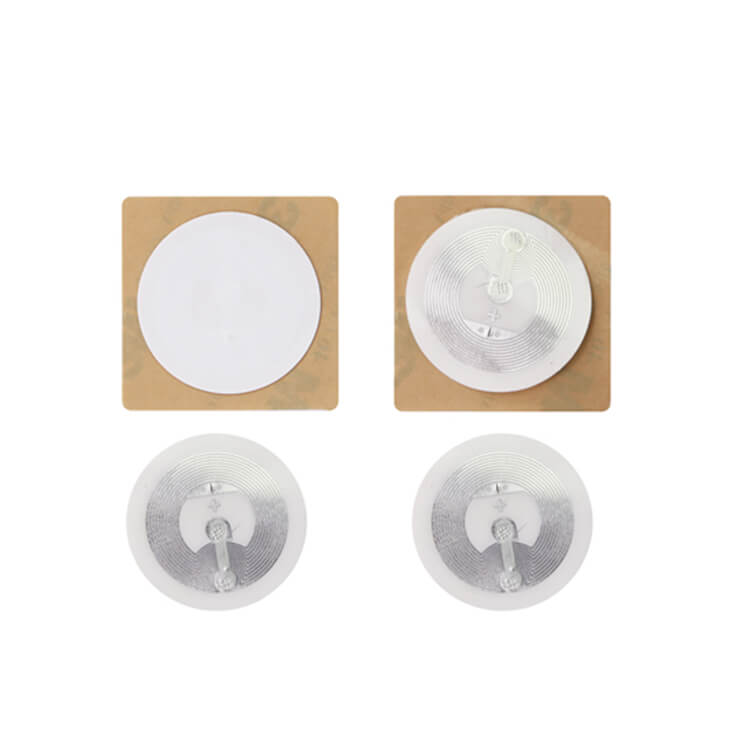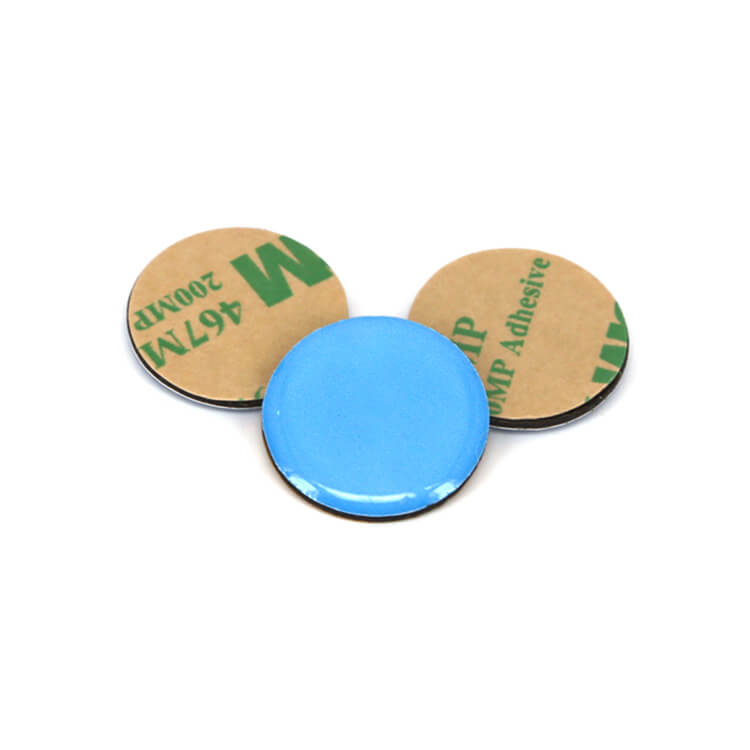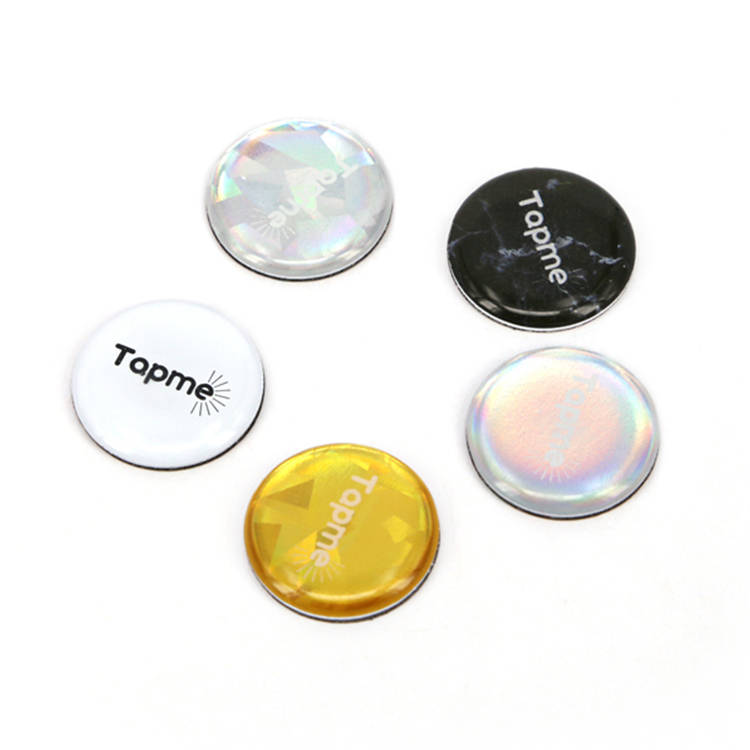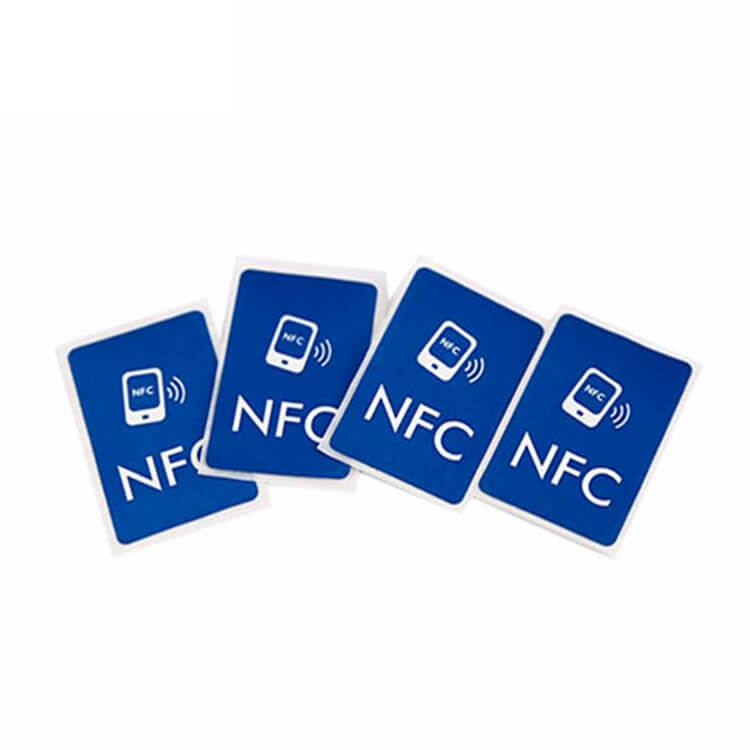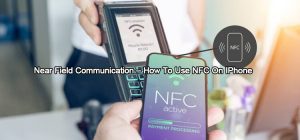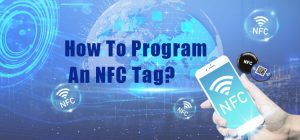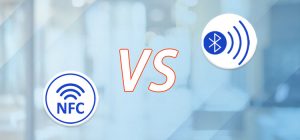NFC tags are ISO/IEC 14443 compliant, making them ideal for contactless payments. The most popular application is Apple Pay, allowing iPhone users to make payments effortlessly.
Other contactless payment apps include Google Wallet and Samsung Pay. These apps allow you to store your credit card information on your phone and use it to make payments at stores that accept contactless payments.
NFC contactless payment systems constitute a rapidly evolving market. Today, there are more than 2 billion NFC-enabled devices. The number is expected to grow to 4 billion by 2025.
The growth of this payment method is attributable to several factors, including the following:
- Increased Security. Contactless payments are more secure than traditional credit and debit card transactions, as they do not require you to enter your card number or PIN.
- Ease of Use. NFC contactless payments are quick and easy to use. You hold your phone near the payment terminal, and the transaction is processed automatically.
- Increased Adoption. More and more stores accept NFC contactless payments, making it a convenient payment method for consumers.
Additionally, NFC contactless payment systems offer many benefits for businesses, including the following:
- Reduced Fraud. Contactless payments are more secure than traditional credit and debit card transactions, which reduces the risk of fraud.
- Lower Costs. Contactless payments cost less to process than traditional credit and debit card transactions.
- Improved Customer Experience. The quick and easy nature of contactless payments enhances customer experience, leading to increased sales.
These benefits make NFC contactless payments desirable for both consumers and businesses.
You can use NFC tags for marketing purposes. For example, you can place an NFC tag on a product or advertisement and program it to launch a website or play a video.
You can also use NFC tags to collect data about customers. For example, you can use NFC tags to track the movement of customers in a store or log their interactions with your product.
This way, you can gather data about customer behavior and use it to improve your marketing strategy.
NFC tags are also used for ticketing. The most common application of this is public transportation, where NFC tags are used to store transit passes.
In some cases, NFC tags are embedded in the tickets themselves. In other cases, NFC tags are placed on devices such as smartphones or key fobs.
You can also use NFC tags for event ticketing. For example, they can store information about a concert or play. When you scan the NFC tag, the event information is displayed.
Companies and organizations use NFC tags for access control. For example, they can use an NFC tag to unlock doors for employees and register their reporting times.
You can also use them to track the movement of people and assets. For example, you can use NFC tags to track the location of inventory in a warehouse.
Additionally, you can make NFC bracelets/ wristbands for events that allow you to track the movement of people.
Automating activities using NFC tags is becoming increasingly popular. For example, you can use NFC tags to program your home automation system. This way, you can control your lights, appliances, and security system with a simple tap of an NFC tag.
NFC tags are also being used in the automotive industry. For example, some cars have NFC tags that can be used to unlock the doors and start the engine. They are also being used in office buildings to automate tasks such as turning on the lights and opening doors.
For automation, you need a device that can write blank NFC tags. You can do this using NFC writing apps available for free on the Google Play Store.

